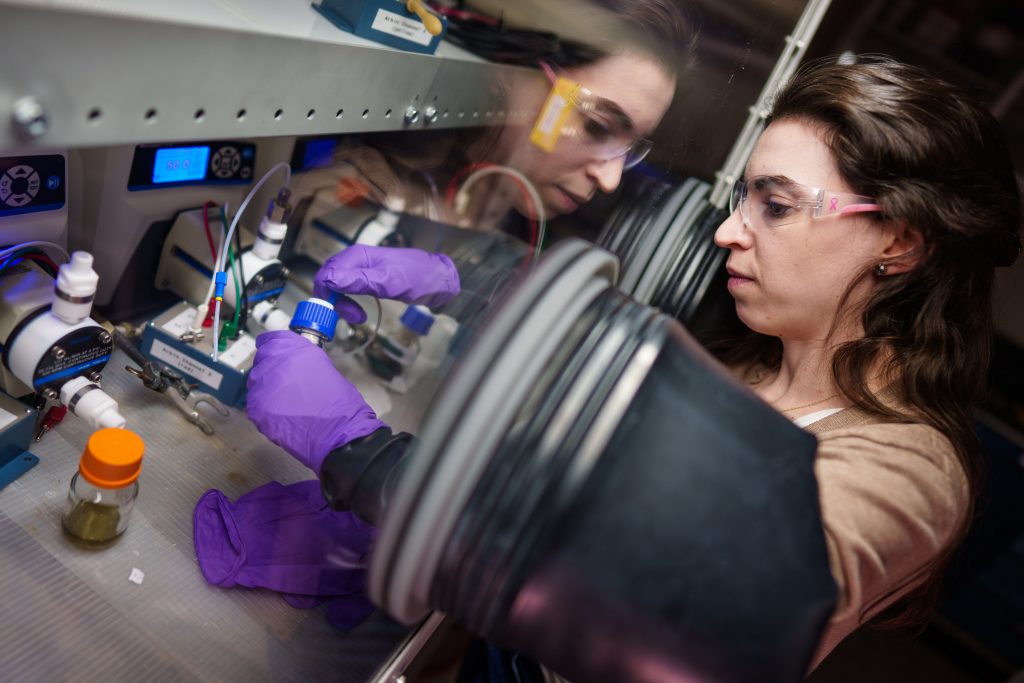Will McNamara, an Energy Storage Policy Analyst Sandia National Laboratories Energy Storage program, delivered a presentation at the 2024 TechConnect World Innovation Conference and Expo on June 18, 2024, in Washington, DC. The focus of Will’s presentation titled “Long-Duration Energy Storage (LDES): Mapping the Pathway to Commercialization” was included in the Energy Storage: LDES Policy, Valuation, and Use Cases symposium facilitated by Sandia’s Dr. Erik Spoerke and Dr. Imre Gyuk of the DOE Office of Electricity.
The presentation highlighted the work that Will leads, focusing on the wide range of challenges facing LDES technologies and addressing these challenges with specific, actionable recommendations to create a pathway toward commercialization for these technologies over the next decade. This is extremely important as decarbonization goals being adopted across the US will not be achievable without large increases in the amount of LDES that is deployed.
This symposium at TechConnect has been running for more than 10 years and has offered a unique venue to connect technology innovators, developers, funding sources, and government. The connections that stem from this meeting offer new opportunities for collaboration and growth, particularly around emerging fields, such as long-duration energy storage.
The 2024 TechConnect World Innovation event includes the annual SBIR/STTR Innovation Conference, AI TechConnect, and the TechConnect Technical Program – more than 35 world-class technical symposium, and the Nanotech Conference Series – the world’s largest and longest running nanotechnology event.
This material is based upon work supported by the U.S. Department of Energy, Office of Electricity (OE), Energy Storage Division and the U.S. Department of Energy, Office of Technology Transitions, and the Office of Clean Energy Demonstrations.

